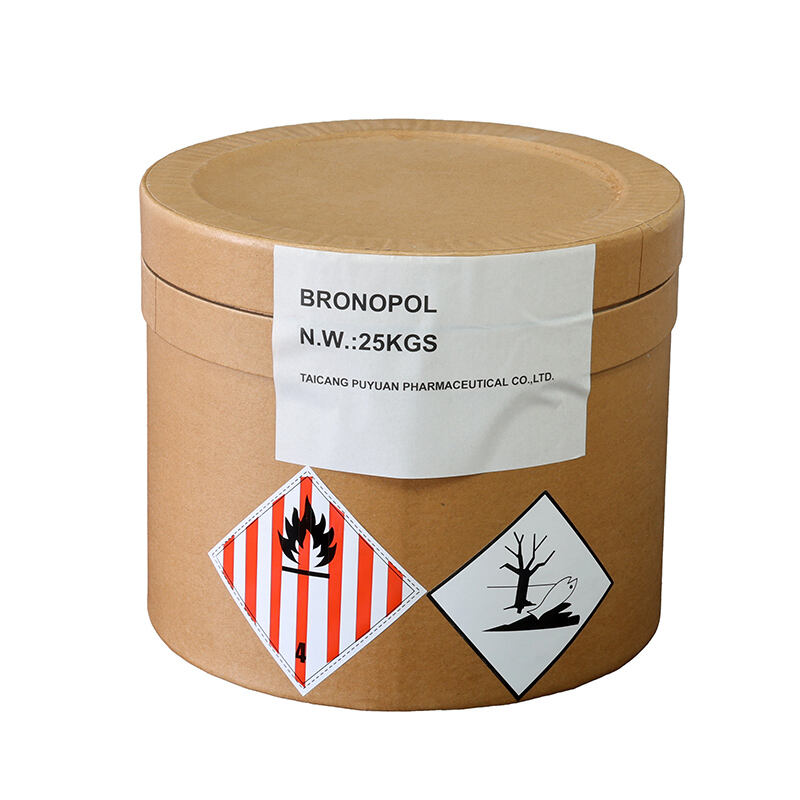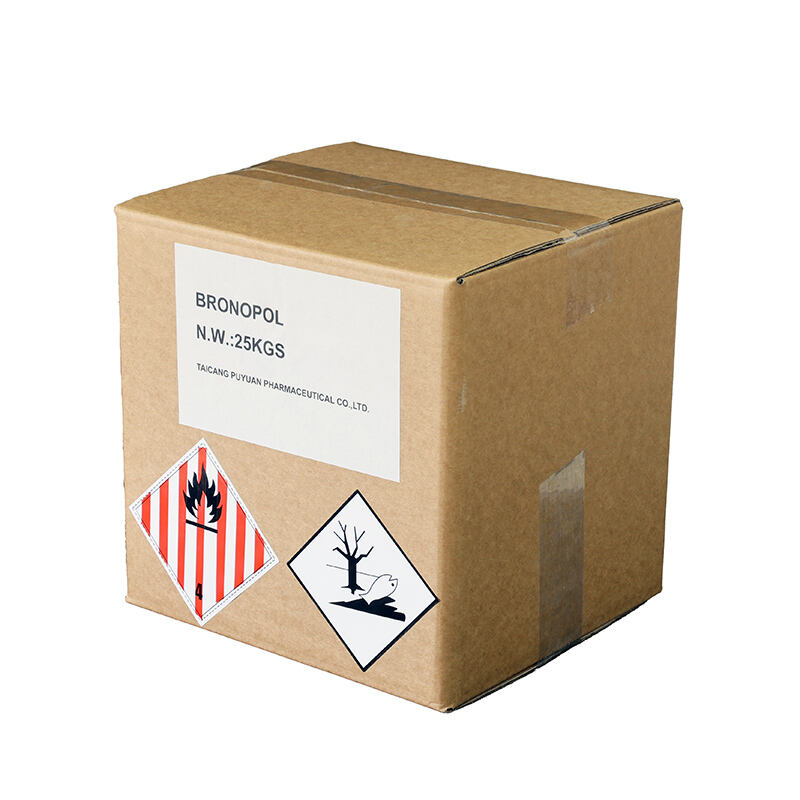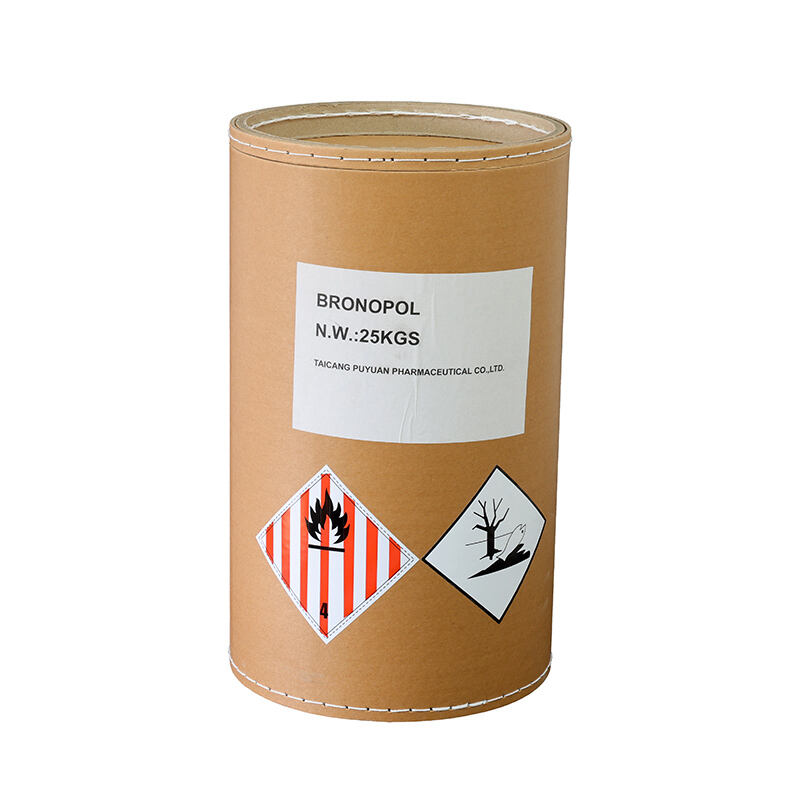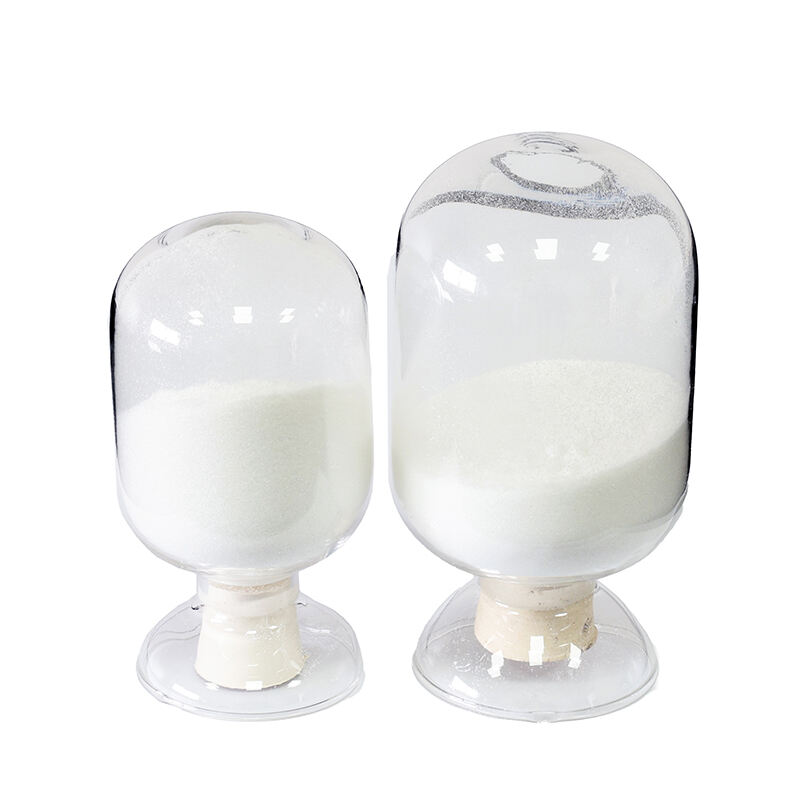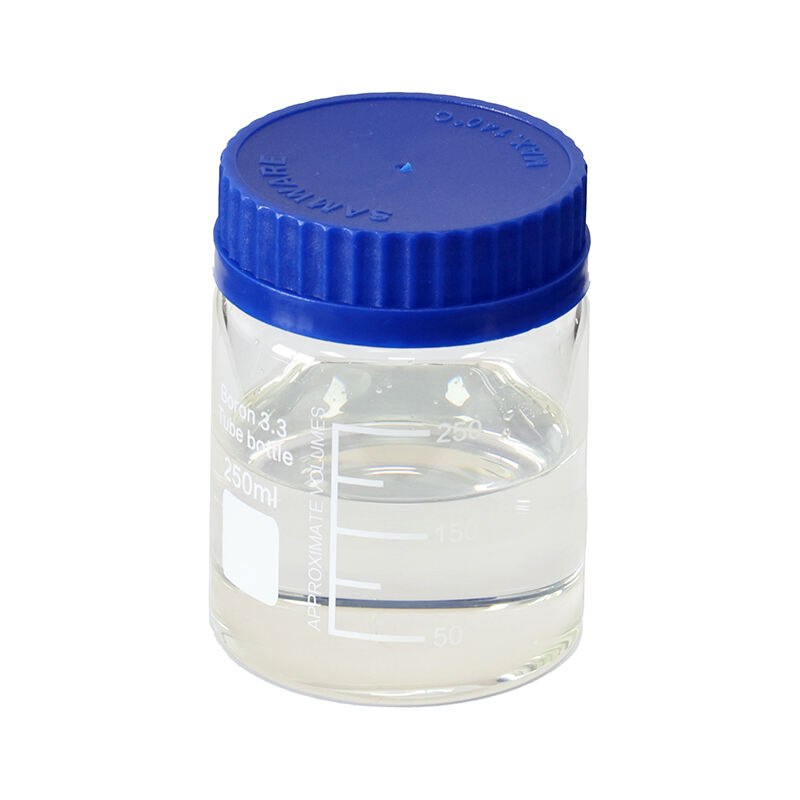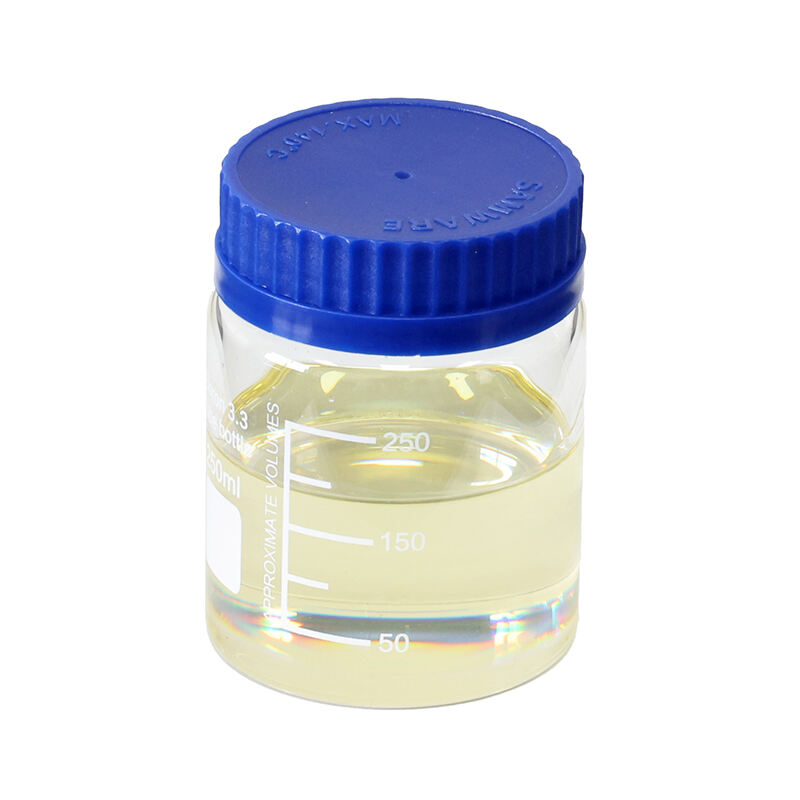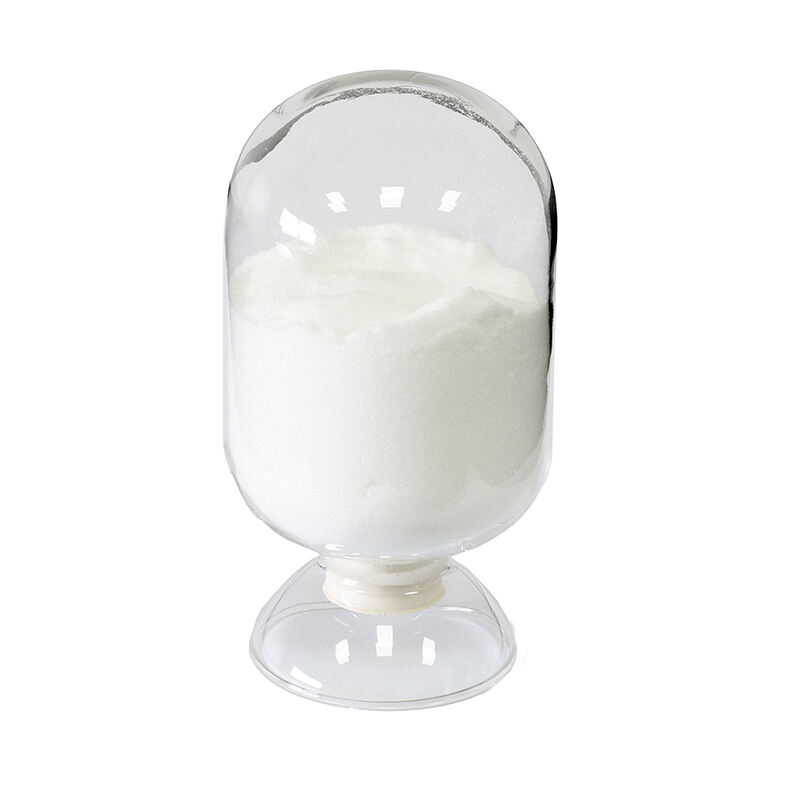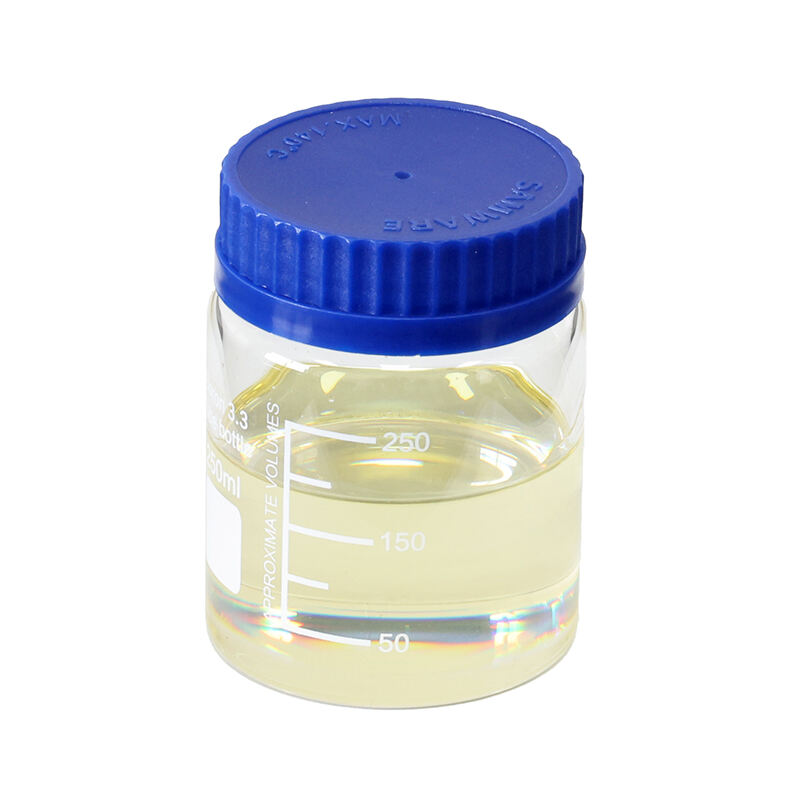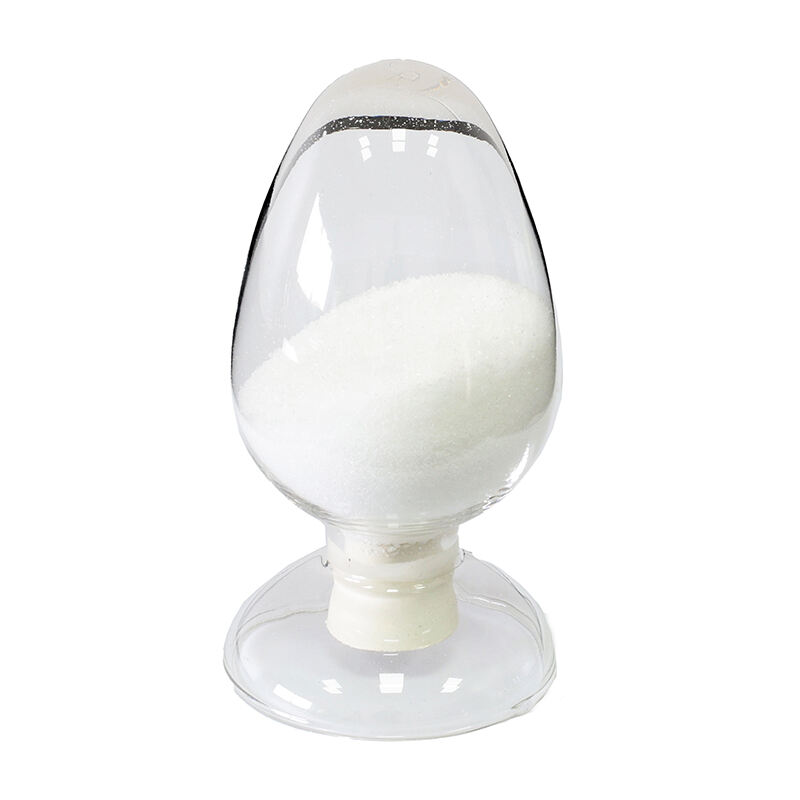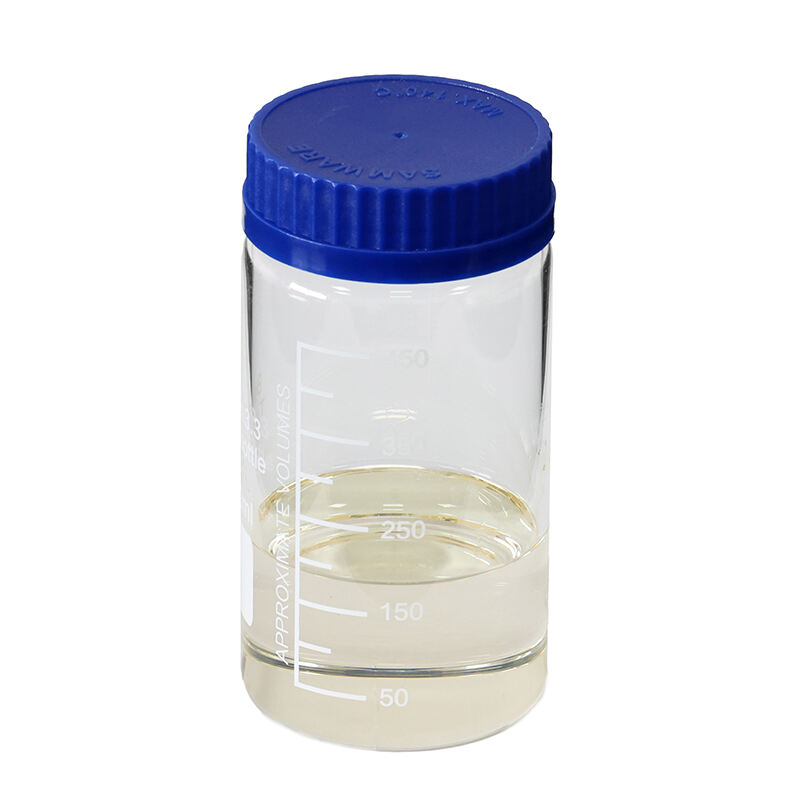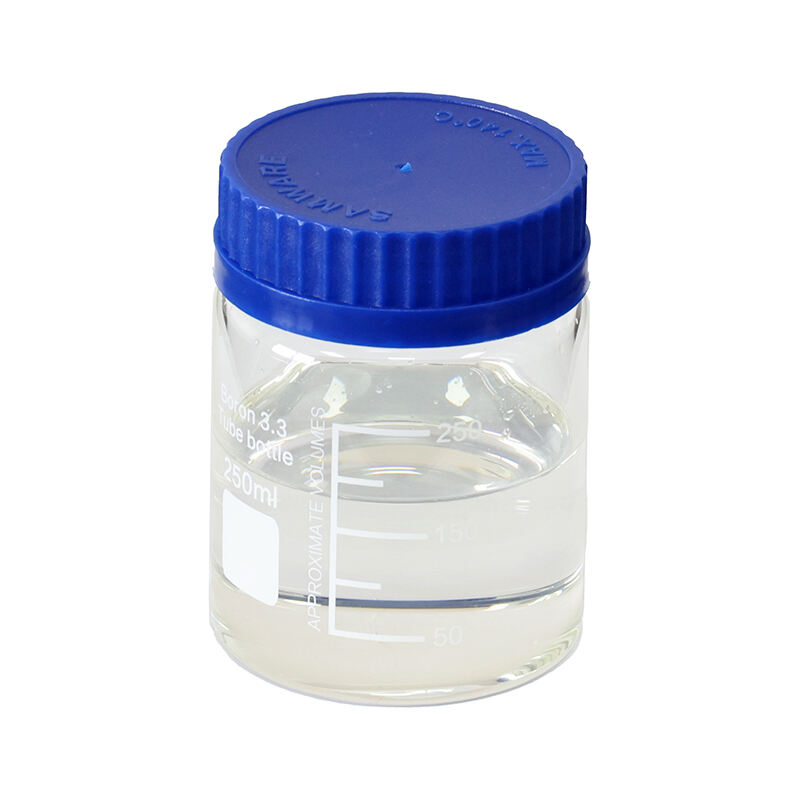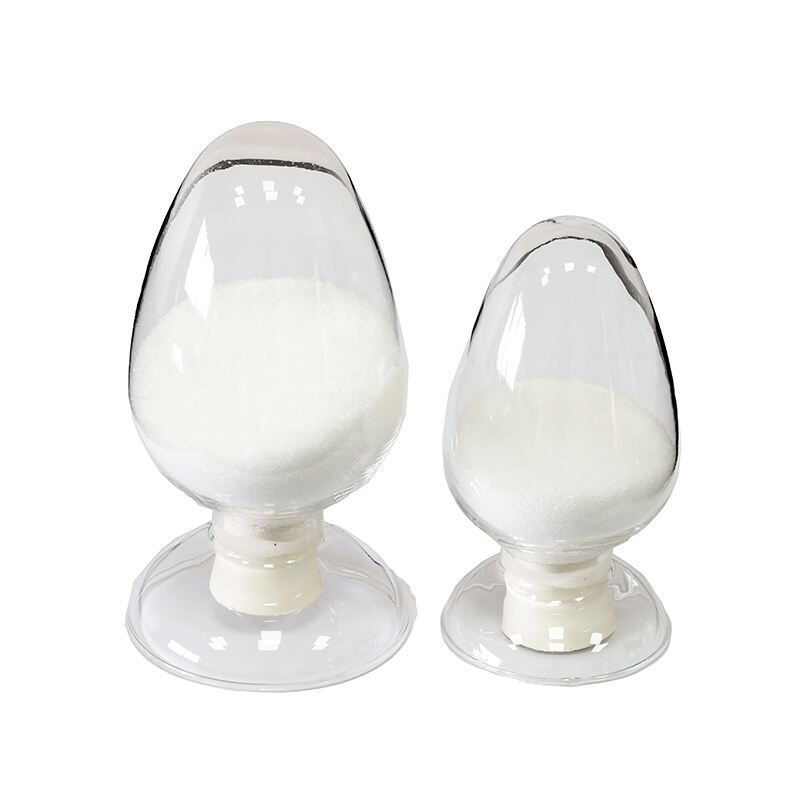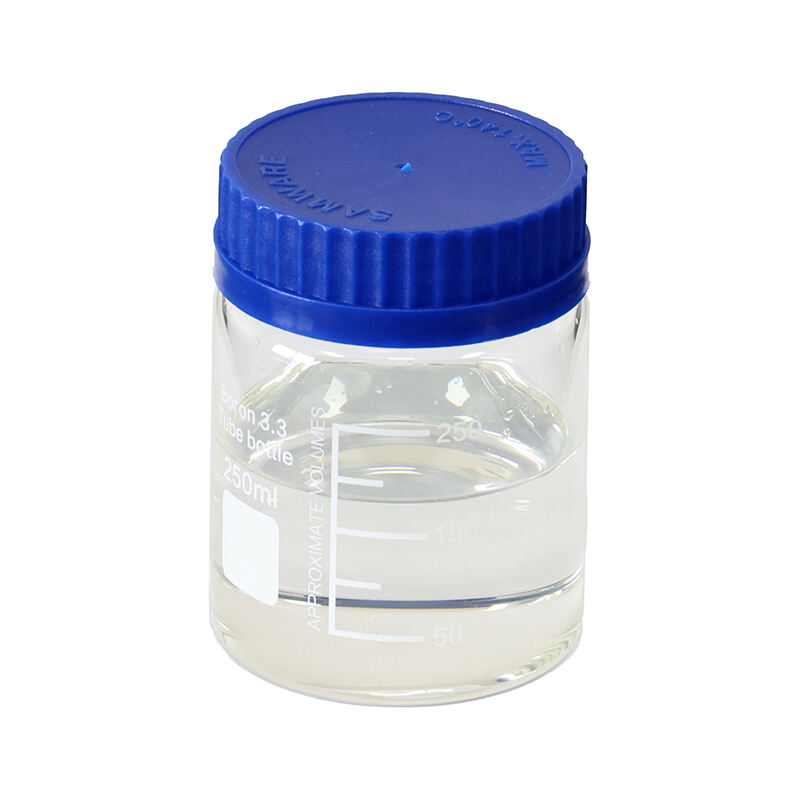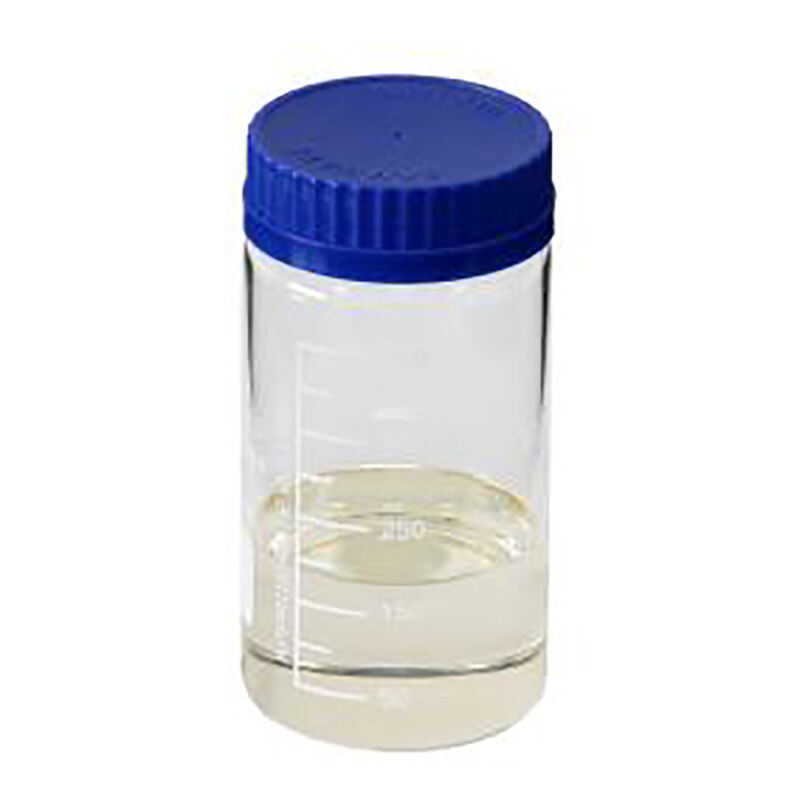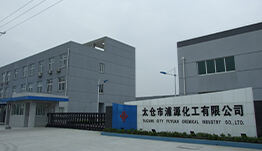Correction of misunderstanding of Bronopol biocides
Abstract: Bronopol(CAS: 52-51-7) is mainly used as a preservative and bactericide for cosmetics, which can effectively control a variety of plant pathogenic bacteria.
Keywords: Bronopol; CAS: 52-51-7; BNP; C3H6BrNO4; preservative; bactericide; fungicide; bronopol
1.Misunderstanding of bronopol bactericidal mechanism
For a long time, there has been some misunderstanding about Bronopol in the sterilization and preservative industry, which thinks that Bronopol is a formaldehyde releasing body and relies on the release of formaldehyde to achieve sterilization effect. Due to the sensitivity of formaldehyde, the application of Bronopol in cosmetics and liquid detergents is affected.
In fact, Bronopol is a highly effective, broad-spectrum preservative with the following obvious advantages: Bronopol can effectively kill bacteria at a concentration of mg/kg. With multiple bactericidal mechanisms, it can kill common gram-positive bacteria, gram-negative bacteria, yeasts and molds in the environment. It has a special control effect on common pseudomonas bacteria in water, and is a powerful supplement to KATHON preservatives.
CEFIC (the European Chemical Industry Council) defines the concept of "formaldehyde releasing body" in the field of preservatives as follows: Formaldehyde-releasing fungicides or formaldehyde-releasing bodies, formaldehyde-donor type fungicides refer to under certain conditions, such fungicides can release formaldehyde, and their bactericidal properties are derived or partially derived from the released formaldehyde. By definition, the bactericidal properties of formaldehyde releasers depend entirely or mainly on the released formaldehyde molecules. The preservative effect of formaldehyde releasing body is directly related to the formaldehyde released.
In some cases, Bronopol releases a small amount of formaldehyde due to hydrolysis, but even considering the most extreme hydrolysis conditions, the amount of formaldehyde released in Bronopol is far below the dosage required for bactericide action, so Bronopol is not a "formaldehyde releasing body" preservative in the true sense.
2.Specific indicators
| Chemical name: | 2-Bromo-2-nitro-1,3-propanediol |
| Product name: | Bronopol; BNP |
| CAS NO.: | 52-51-7 |
| Molecular formula: | C3H6BrNO4 |
| Appearance: | White crystalline powder |
| Purity: | ≥99% (BP2022) |
| Packaging Details: | 25kg drum/carton;500kg FIBC bag |
3.Bactericidal mechanism
Bronopol is a broad-spectrum antimicrobial agent that oxidizes sulfhydryl groups in bacterial enzymes and inhibits the activity of dehydrogenase, resulting in irreversible damage to cell membranes. It is highly active against gram-negative bacteria, especially Pseudomonas aeruginosa. Broball is more effective against bacteria than molds and yeasts. This compound is bactericidal over a wide pH range and is not affected by cationic, anionic surfactants or proteins. The antibacterial activity of Bronopol originates from the electron-deficient oxidizing bromine atoms in the molecule. The mechanism of antibacterial action is that bromine atoms oxidize the mercaptan group on the surface of bacterial cell membrane, turning it into a disulphide compound, producing a large bulge in the cell wall, causing the cell wall to rupture and the internal soluble matter to flow out and kill bacteria. Another possible pathway is the release of activated bromine, which binds to cell membrane proteins to form nitrogen-bromine compounds, thus interfering with cell metabolism and eventually causing bacterial death.
4.Application field
Bronopol is a dangerous product and should be protected as required when used. Bronopol is a bromo-nitroalcohol-based broad-spectrum fungicide with high bactericidal activity, low concentration and wide range of use. It is one of the cosmetic preservatives approved for use in the United States and has no irritation or sensitization to human skin.
Bronopol is mainly used as a preservative and fungicide, added to the processing of cosmetics such as shampoo, balm and cream, the concentration of 0.01%-0.02% in cosmetics, and can also be used in detergents, fabric treatment agents, etc. As a bactericide, Bronopol can effectively control a variety of plant pathogenic bacteria, and the treatment of cotton seeds can prevent and control cotton black arm disease and bacterial eagle blight caused by cotton horn spot, and has no drug harm to cotton. Bronopol can also be used for rice malignant seedling disease, and the recommended concentration is 800 ~ 1000mg/L. Bronopol is also used in industrial circulating water, paper pulp, coatings, plastics, cosmetics, wood, cooling water circulation systems, as well as industrial applications for sterilization, anti-mildew, anti-corrosion, algae, etc.

 EN
EN
 NL
NL
 FR
FR
 DE
DE
 JA
JA
 KO
KO
 PT
PT
 RU
RU
 ES
ES
 ID
ID
 VI
VI
 TH
TH
 MS
MS
 TR
TR
 AR
AR

